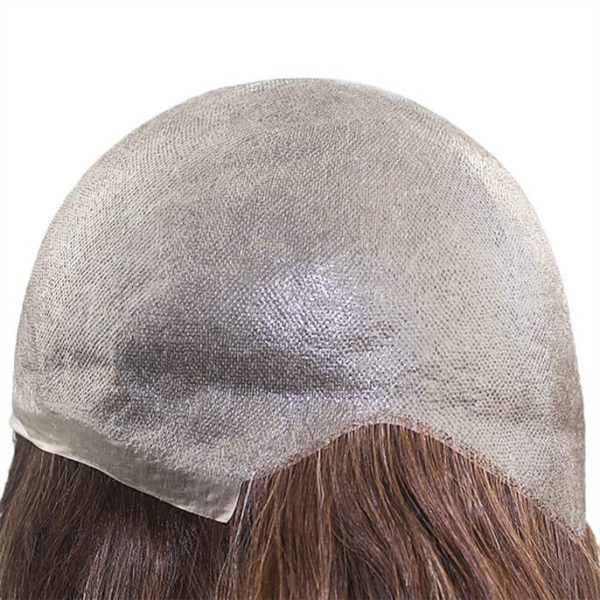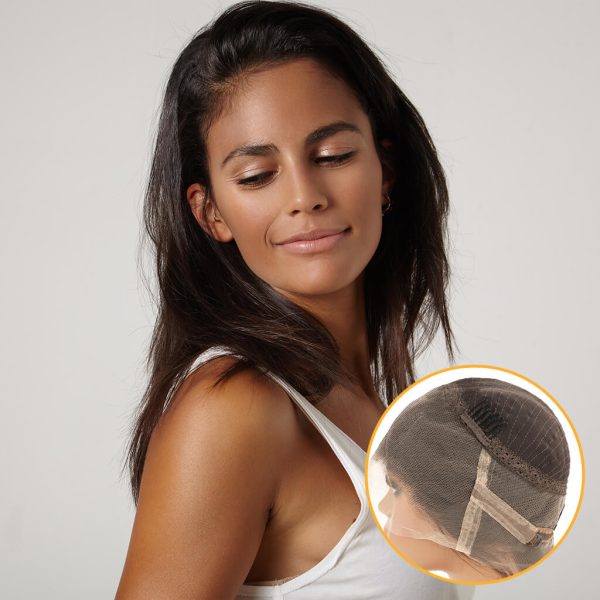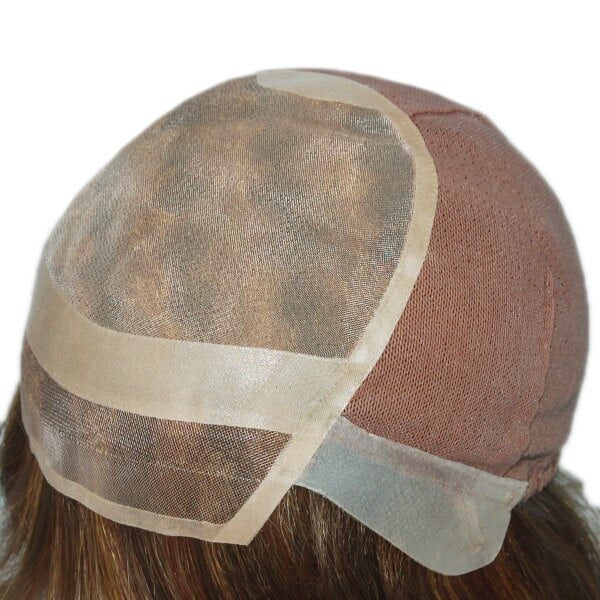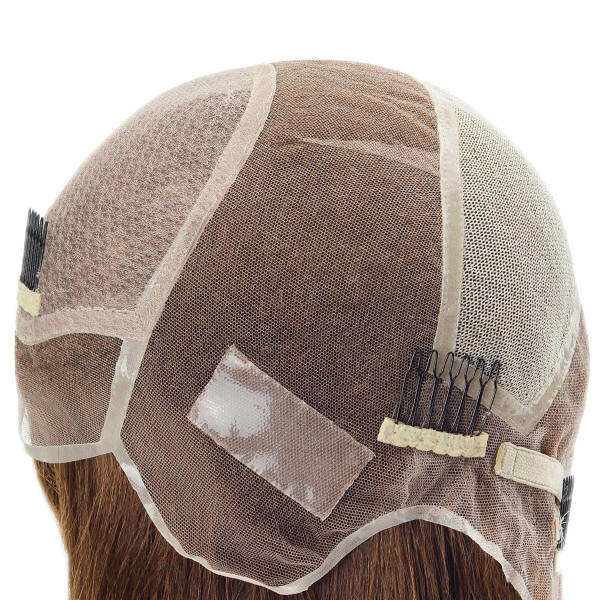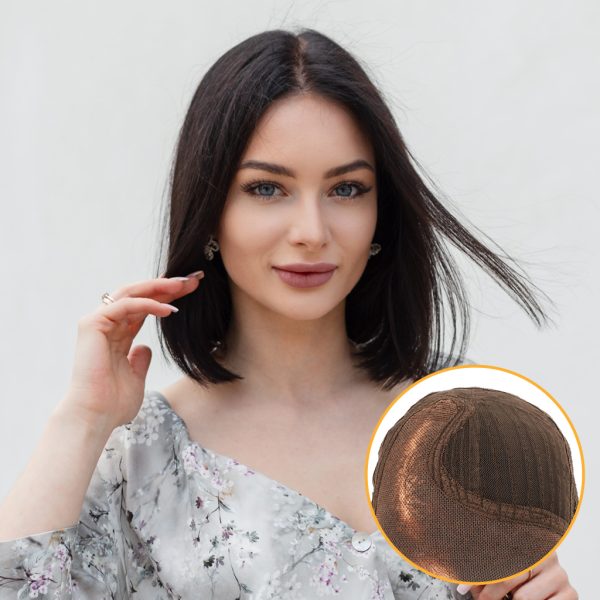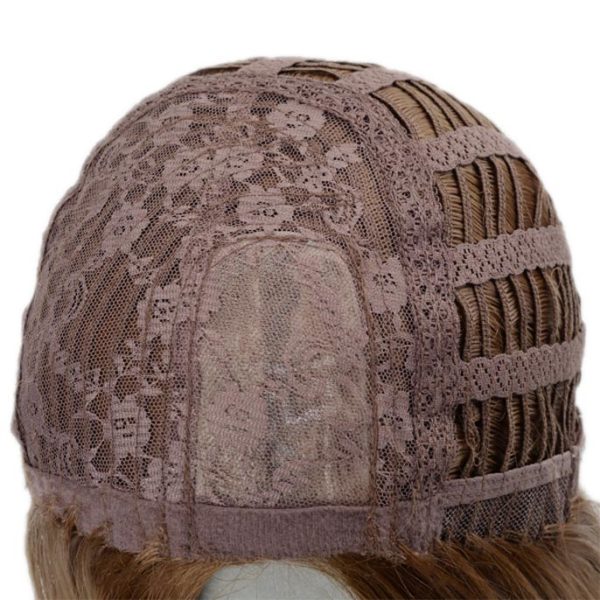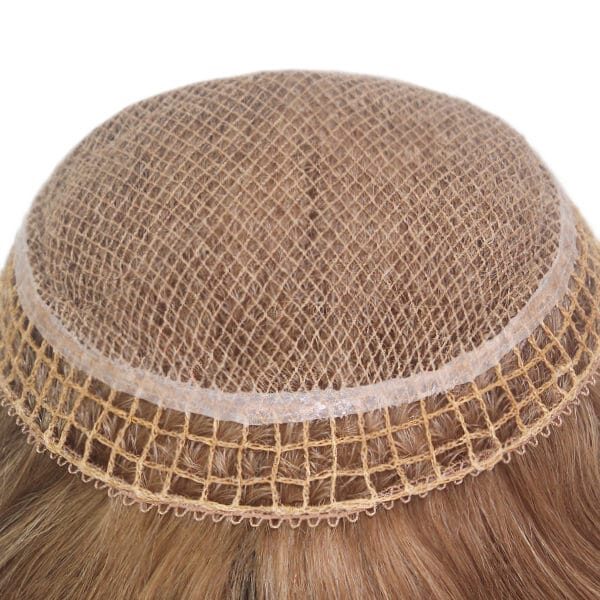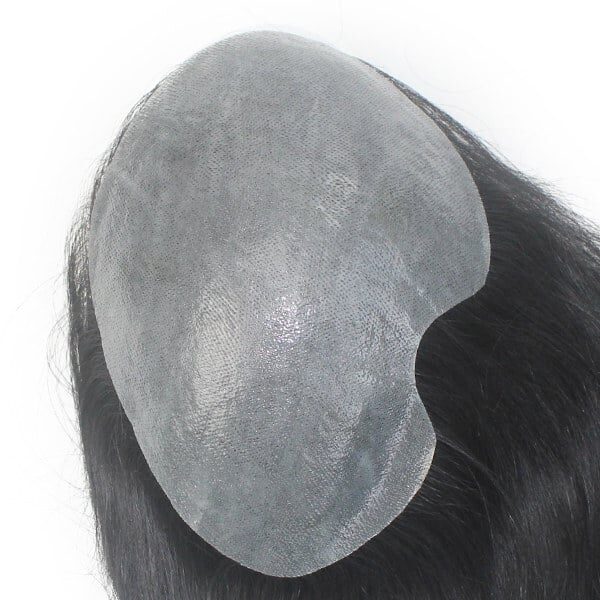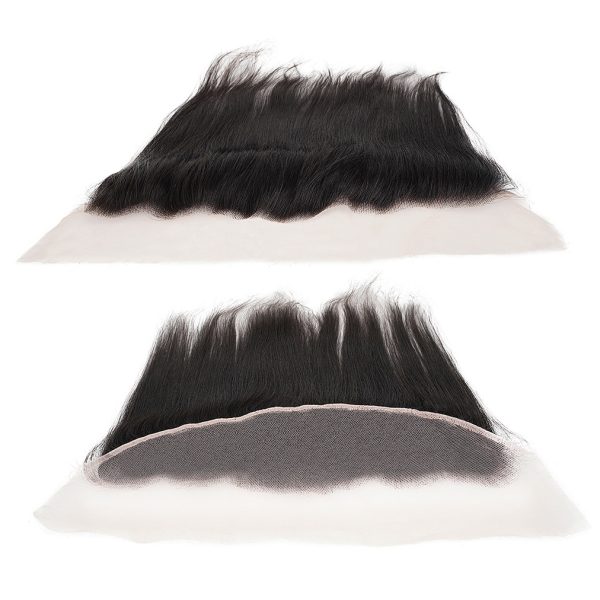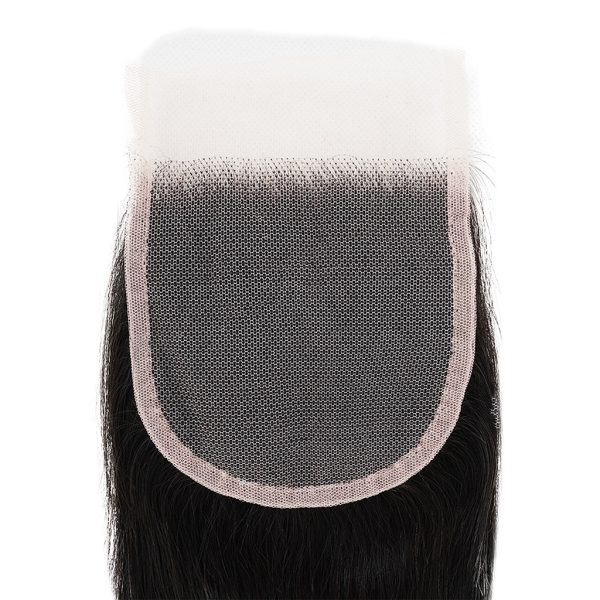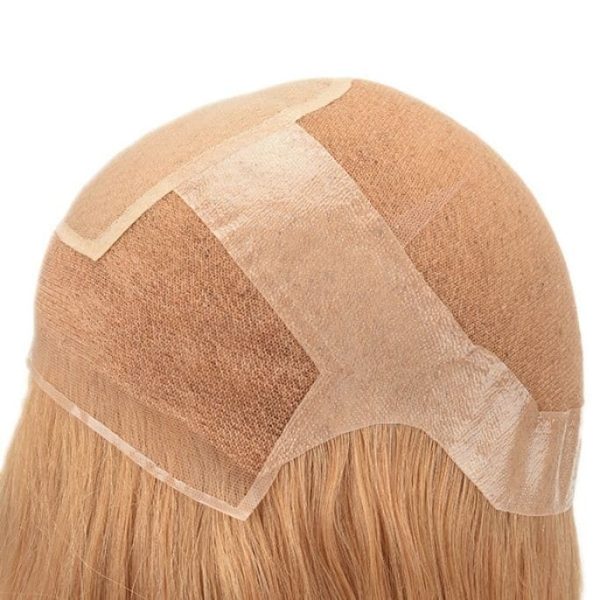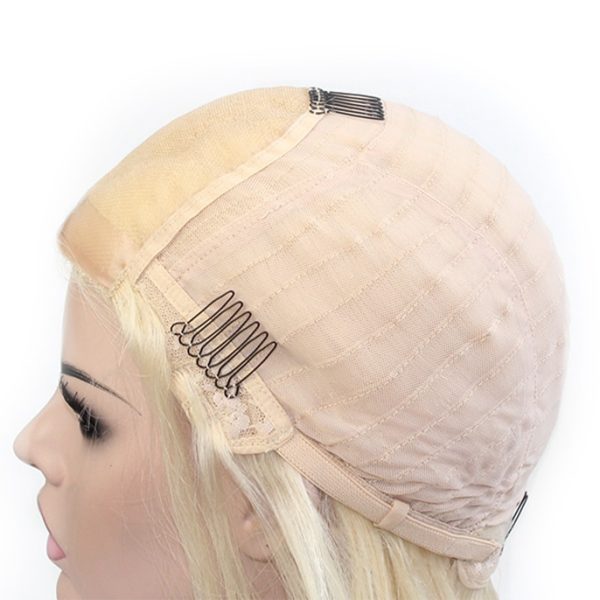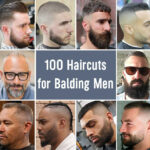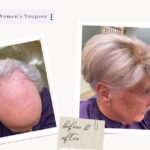Finding your ideal wig type isn’t easy. With dozens of different types of wigs to choose from, the haircare world is your oyster. If you’ve stumbled onto this article, the chances are that you want a little help in finding the right type of wig for you.
You’ll want to consider each of the features that make up your wig, from the type of cap construction to the base coverage and the hair type itself.
You might be looking to buy a wig for several different reasons. It’s an affordable way to treat hair thinning and baldness, while also giving you a while to achieve your desired look without changing your natural hair.
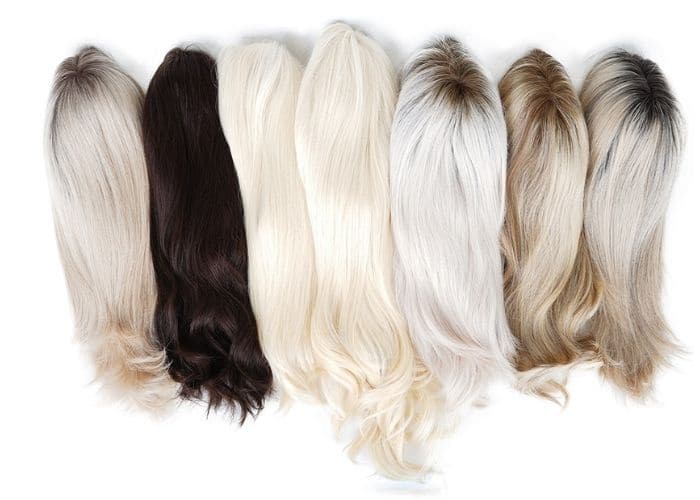
With healthy hair becoming one of the big conservations in the beauty industry right now, it’s no surprise that wig sales are on the rise. More people than ever are choosing to use wigs to look after their natural hair or to experiment with new hairstyles.
There’s a right hair system or wig out there for everyone – whether you want to instantly change up your look or boost your confidence. If you’re insecure about your hair or want to try a different look, a wig is the easiest solution to your problems.
This in-depth guide takes you through the most popular types of wigs, keeping everything beginner-friendly so that you can find the right one for you.
We’re breaking down each of the features in this educational article, helping you understand what cap construction is and how the hair type changes the wearability of your wig.

Read on to find out everything you need to know about the different wigs that we offer at New Times Hair. With the help of this guide, you’ll be able to understand the difference between different types of wigs to find the right one for you.
Different Types of Cap Construction
While it’s easy to get caught up in the finished product, the first thing you want to consider when buying a wig is the type of cap construction used. This feature impacts how the wig type will feel when you’re wearing it. The cap is what you’ll be applying directly to your head.
Thin skin wigs
One of the most popular types of wigs is those with a skin cap. They’re made using polyurethane materials that imitate to look and feel of human skin. The polyurethane material is impermeable, making it easy to maintain and lightweight. Most wig types with a skin base are glue-on, making them beginner-friendly.
Lace wigs
If you live in a warmer climate, a lace wig should be top of your consideration list. This wig type is typically made using woven French lace, with Swiss and German lace being popular alternatives. This cap is ideal for anyone who is always on the go or leads an active lifestyle as the cap construction offers breathability.
With a lace wig, you’ll feel like you’re wearing nothing at all with a seamless look and experience. The base is made up using thin threads that appear undetectable to the naked eye for a realistic look.
Monofilament wigs
If you’ve shopped for different types of wigs before, you’ve likely heard of monofilament wigs. They’re more commonly known as “mono” wigs and made using a resilient material that gives them a long lifespan, making them ideal for everyday use. While not as breathable as a lace wig, mono wigs are more permeable than their skin base alternatives.
Some monofilament wigs contain lace and skin for a hybrid design to give you the best of all worlds. As a monofilament wig has a thin skin perimeter, it’s easy to attach and remove with tape or glue.
If you want the most realistic look possible for your wig, try out a monofilament wig with French lace and bleached knots for a seamless hairline.
Silk top wigs
Silk top wigs are amongst the most innovative options on the market right now. This wig type is ideal for those who want a realistic look as it features two durable layers of realistic silk mono that mimic the appearance of your scalp.
What makes silk top wigs so realistic is that each strand is tightly knotted in the under the layer of the wig before the knots are hidden in the base’s top layer.
Lace front wigs
A lace front wig – often known simply as a lace wig – uses a base of sheer lace that goes directly over your scalp. This style of cap is traditionally used for more affordable types of wigs. Although more budget-friendly, lace front wigs use a strip of lace at the hairline for a more natural look.
With this hairline, it gives the illusion that the wig hair has grown right out of your scalp. You can style your hair back from your forehead without worrying about your wig showing.
Capless wigs/wefted wigs
A capless wig – or a wefted wig – is made by loosely sewing together wefts in a way that gives you comfort and breathability. It’s easy to assume that this wig doesn’t have a cap, but this isn’t true.
With a capless wig, the weft is sewn into rows using a machine that gives you more room and comfort than traditional ‘cap’ wigs. It’s easier to think of this style as being an ‘open cap’ than literally capless.
Unlike other types of wigs, the capless style is lightweight and comfortable to wear long-term. As this wig type is machine-made, it’s typically more affordable than other types of wigs. You can also get a more voluminous wig with this style, especially if you want an easy option for styling.
Hair integration system
One wig type that is ideal for women looking for a solution to thinning hair is the hair integration system. Unlike other types of wigs, this style is made for those who have some hair to work with. Hair integration systems typically opt for a double knotting design that adds durability to the wig while hiding the knots with your natural hair.
The base is made using netting, allowing you to pull your natural hair through the netting to create a fuller and more voluminous look. A hair integration system works with clips for easy and quick installation and removal.
Hair extensions
Another option that you can consider is hair extensions, but this product is fundamentally different from traditional wigs. Instead of being secured with a cap, hair extensions are taped or weaved into your natural hair.
You can use hair extensions to add length and volume to your hair, making them ideal for those with thinning hair or who want to achieve a specific hairstyle.
Base Coverage
The next part of a wig to consider is its base coverage. There are four main types to choose from – full cap, toupee, half-wig, and front partial hair systems. Each of these wig types has its benefits and can help you find the right solution to your hair care needs.
Base coverage relates to the area that the wig covers – whether it’s the crown of your head or your whole scalp. It allows you to target a specific area of hair loss or hair thinning, especially if you want to create a seamless and natural look.
While a full cap wig is a popular choice for all-over coverage, the other three wig types allow you to blend your natural hair with the wig. You’ll want to consider the condition of your hair when choosing which base coverage is right for you. A hair topper or half-wig can be used to target a specific area of hair loss or thinning.
Full cap wigs
-
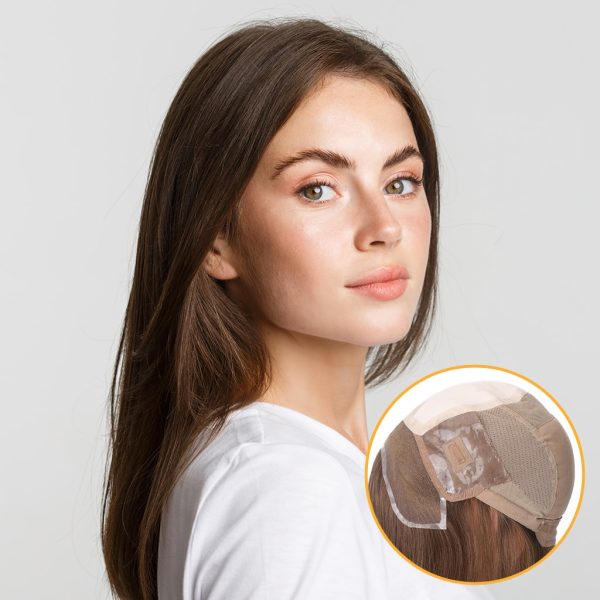 MD01 Human Hair Wigs for Cancer Patients WholesaleRated 5.00 out of 5 based on 2 customer ratings
MD01 Human Hair Wigs for Cancer Patients WholesaleRated 5.00 out of 5 based on 2 customer ratings
If you’re suffering from hair loss or want all-over coverage, a full cap wig is your best solution. It can be a more affordable alternative to invasive hair treatments and surgeries while giving you the option of being able to change up your look.
A full cap wig offers coverage to your entire scalp. As a beginner, you may find it easier and more comfortable to wear a full cap wig before transitioning into a different wig type. Most full cap wigs are over 10”x10” in size.
A full cap wig is the best choice for those suffering from complete hair loss. You can choose a full cap wig that matches the texture and shade of your natural hair or experiment with a new look.
Hair topper/toupee
-
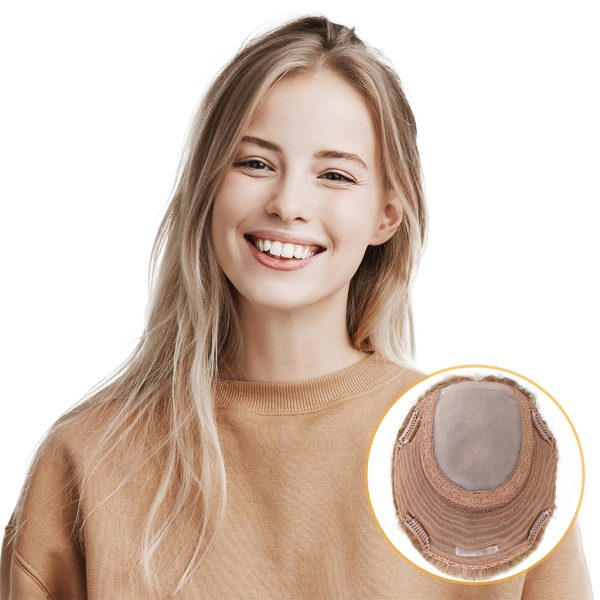 IN6*6 Stock Silk Mono Blonde Hair Topper WholesaleRated 5.00 out of 5 based on 3 customer ratings
IN6*6 Stock Silk Mono Blonde Hair Topper WholesaleRated 5.00 out of 5 based on 3 customer ratings -
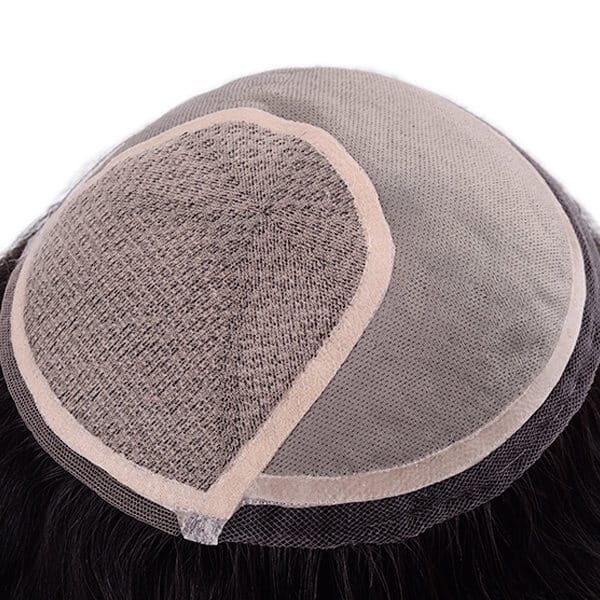 NW4660 Custom Silk Top Hair System for Women Wholesale
NW4660 Custom Silk Top Hair System for Women Wholesale
A hair topper – sometimes known as a toupee – covers a targeted part of your head, usually the top. Unlike other wig types, hair toppers can be customized to cover a specific area of your head. As a hair topper is smaller than other types of wigs, it can be easier to wear while still offering coverage to disguise your hair loss.
By offering you partial coverage, a hair topper is the ideal wig type for those who are suffering from hair thinning or baldness. If you want a solution for total hair loss, a full-cap wig is a more suitable alternative.
Half-wig
A half-wig is different from a full cap wig as it is used to blend your natural hair with the wig, focusing on offering coverage for a specific area. You’ll want to try this wig type if you suffer from thinness or balding. Most buyers decide to buy a half wig for adding volume to their hair as a styling piece.
Half-wigs can also be called half head wigs or three-quarter wigs. You can use them to add length and volume to your natural hair. You’ll have to attach the half-wig to your natural hair, so it’s worth considering whether the wig is glue-on, glueless, or a clip-in style. We’ll be covering the different types of wig attachment methods later in this guide.
Frontal/closure
Typically used to close off a style and allow the wearer to part their hair in whatever way they like for a natural-looking hairline, both lace closure and lace frontal have risen in popularity among women in many countries over the past few years.
In addition to allowing your customers to braid and protect their natural hair, both lace closure and lace frontal will give them a full and flawless install with the illusion of hair growing out of the scalp.
Different Ways to Attach the Wigs
One of the most practical things you need to consider when buying a wig is how you’ll attach it to your head. Depending on the wig type you choose, you may need to get the help of a hairstylist to install it correctly. Some attachment methods make it easy for you to take your wig on and off by yourself – either every day or on special occasions.
The way that your wig is attached will determine its versatility, flexibility, and wearability. You want to consider your lifestyle and the needs of your hair when choosing which wig type works for you.
There are three popular types of wigs that you can choose from – ones that are glue-on, glueless, or clip-in. Each of these wig types works for different people, allowing you to narrow down your wig search to one that will work for your needs.
Glue-on wigs
A glue-on wig is attached to your hair using specially formulated wig glue. If you struggle with clip-in or tape wigs, a glue-on wig is often your best option. As the glue is placed onto your scalp, you’ll usually want to invest in a scalp protector to prevent damage and achieve an easier installation.
If you’re using a wig to cover baldness or hair thinning, a glue-on option can give you the best placement if you’re not using a full wig. Partial wigs – including front partial hair systems – need to be correctly placed to create a seamless look.
Usually, a small amount of glue will keep your wig in place. If you’re not confident with wig installation, it’s a good idea to go to your hairstylist to have them professionally install your wig to give you the best finish.
Whichever way you install your glue-on wig, you want to ensure that you’re using the correct wig glue. Some glue is made specifically for synthetic hair, while others are made with human hair in mind. Most glues will set within 15 minutes, but it’s always best to follow the recommendations for your specific wig and glue.
Once you’re ready to change your wig, you’ll need to use a glue remover to ease the wig off your scalp without causing damage. Depending on your wig type, you may decide to use a liquid adhesive on the cap instead.
Glueless wigs
Not everyone wants to mess around with glue when installing their wigs. It can be impractical for some wig types, and it isn’t ideal if you’re not wearing your wig daily. Glueless wigs are easier to install and ideal for those who are wearing wigs for styling purposes. If you have a sensitive scalp, a glueless wig is worth considering.
Glueless wigs are exactly what they say on the tin. They’re a wig type that doesn’t require an adhesive to be installed. Instead, this type of wig uses clips, combs, or bands to be securely installed. You can even find some types of wigs that use a combination of these.
Glue-on wigs can be expensive and difficult to use, making their glueless alternative more accessible for those on a budget or who want to install their wigs themselves. If you’re planning on buying a wig to protect your natural hair, a glueless option is the best choice for you.
Clip-in wigs
One of the most popular types of glueless wigs is clip-in wigs. This wig type is ideal for those looking to instantly transform their look without damaging their natural hair. Within just a few minutes, you can install your new wig or hair extensions without needing the help of a hairstylist or salon.
You don’t need to be a professional to install your own clip-in wigs. They’re beginner-friendly and ideal for everyday use. You don’t have to worry about committing to a wig long-term like you’ll have to do with a glue-on wig. If you have a sensitive scalp, a clip-in wig is worth considering when choosing a hair system.
You want to avoid sleeping in a wig that has a clip-in design. They’re designed to be easily installed when you want to add extra length and volume to your hair. Most hair extensions use the clip-in design for extra versatility.
Although clip-in wigs are easy to install, you want to be careful when removing them after each wear to avoid irritating your scalp or damaging the hair system itself. You’ll also need to correctly store them to avoid tangling the hair and causing frizz or breakage.
Finding the right hair wig for your needs
Now you’re familiar with all the different types of wigs, whether you’re looking for a solution for hair loss or a new look. You want to find a wig type that matches your lifestyle and what you want from your wig. Consider how often you plan on wearing your wig, your budget, and whether you want the option of styling your hair.
There’s the right type of wig out there for everyone. You don’t have to accept baldness and hair thinning as a part of getting older.
To recap, five practical features that will determine which type of wig is right for you. Examine the cap construction, base coverage, hair type, ventilation method, and attachment method before deciding if a wig is the right one for you.
With the help of this in-depth guide, you’re guaranteed to find a wig that ticks all the boxes.
